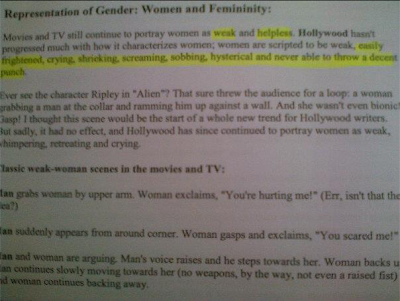Camera and Sound
In class we discussed different types of camera angles, distances, movements and positions. We looked at the film Jane Eyre as an example. Looking at Jane Eyre as an example helped me as I got to see how the camera worked. The main aspects to do with camera are the:
Distance,
Angle,
Movement.
Distance:
This is an image showing all the different distances:
Extreme long shot,
Long shot,
Medium long shot
Medium shot,
Close up,
Extreme close up.
We were asked in class, what is the purpose of a long shot? I did not know at first but as I watched the opening sequence of Jane Eyre I slowly started to understand. Long shots are usually used to establish location, to set a scene. This was important in Jane Eyre as it conveyed her loneliness as the location was very isolated. As you can see in this image, the setting is very vibrant which displays the characters thoughts and feelings, which are positive.
Movement:
| Crab | A less-common term for tracking or trucking. |
| |
| Follow | The camera physically follows the subject at a more or less constant distance. |
| Pan | Horizontal movement, left and right. |
| Pedestal (Ped) | Moving the camera position vertically with respect to the subject. |
| Tilt | Vertical movement of the camera angle, i.e. pointing the camera up and down (as opposed to moving the whole camera up and down). |
| Track | Roughly synonymous with the dolly shot, but often defined more specifically as movement which stays a constant distance from the action, especially side-to-side movement. |
| Truck | Another term for tracking or dollying. |
| Zoom | Technically this isn't a camera move, but a change in the lens focal length with gives the illusion of moving the camera closer or further away.
|
Angle:
 The angle of the camera is very important as it changes the way the character is presented. Example, if the character was positioned at a low view of the character it would show that the character is dominant and powerful. However, if the camera was at a high view it would make the character come across weak as the camera and audience are looking down on them. Each of the camera angles are important as they all have an significant job to do. I am hoping to develop a better understanding on angle and how it helps represents characters in the next few weeks, doing my own research.
The angle of the camera is very important as it changes the way the character is presented. Example, if the character was positioned at a low view of the character it would show that the character is dominant and powerful. However, if the camera was at a high view it would make the character come across weak as the camera and audience are looking down on them. Each of the camera angles are important as they all have an significant job to do. I am hoping to develop a better understanding on angle and how it helps represents characters in the next few weeks, doing my own research.
Sound is also important in films. In class, we learned different kinds of sounds:
Diagetic - All the sound within the scene
Non Diagetic - sounds that are added over the top of the scene. Example: When Jane Eyre is walking through the desert, there is soothing music playing. This helps set a calm scene.
Overall, by looking briefly at the important jobs the camera does and the sound I feel like I have a more advanced insight on how it all works. However, I will still need to look into camera in more detail so I can get a wider knowledge and understand which will help me create a good opening sequence. I also did not fully understand the purpose of the camera position. I am hoping to research into this more so I can get a better knowledge on position.













